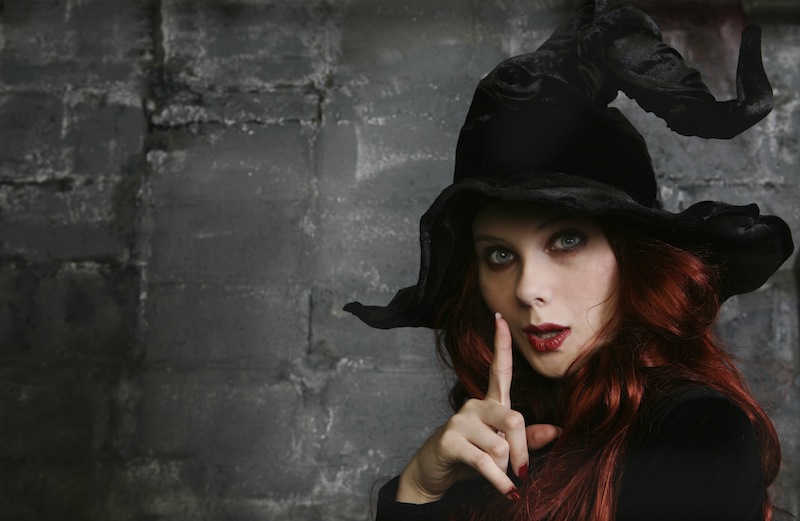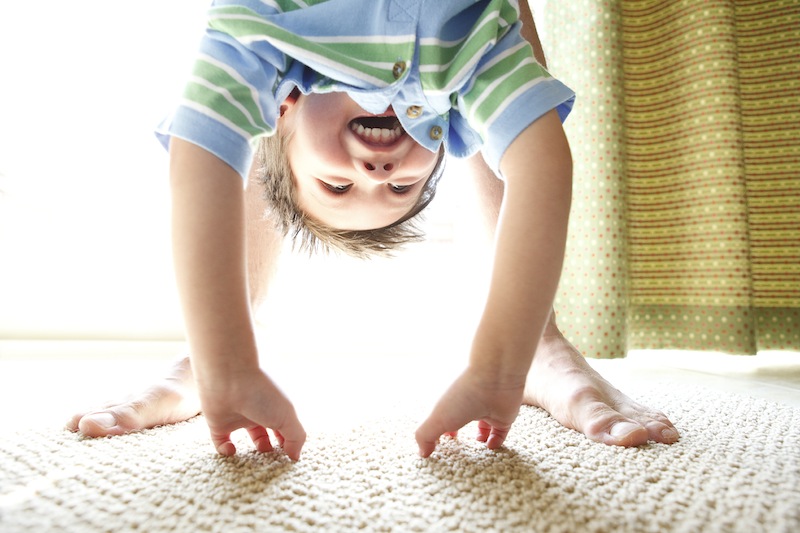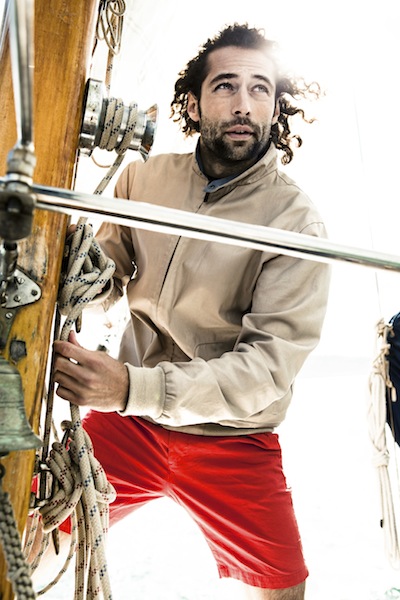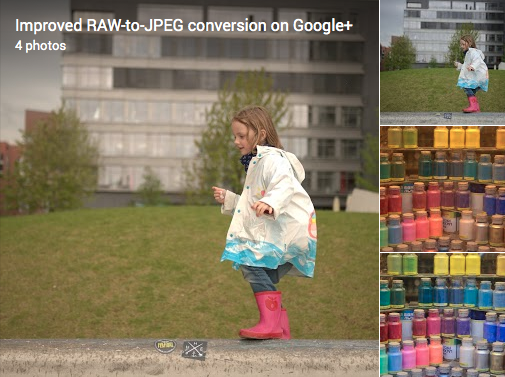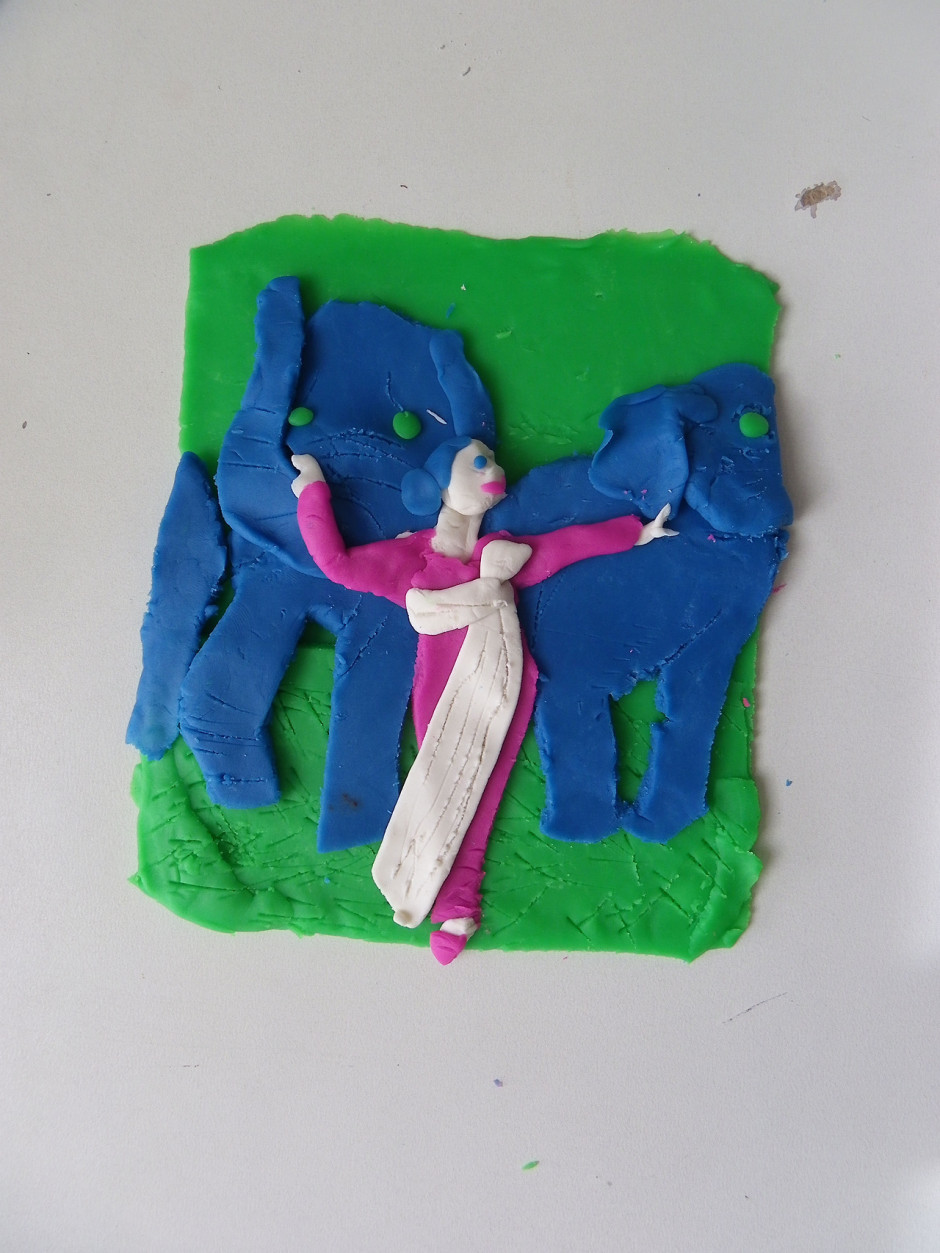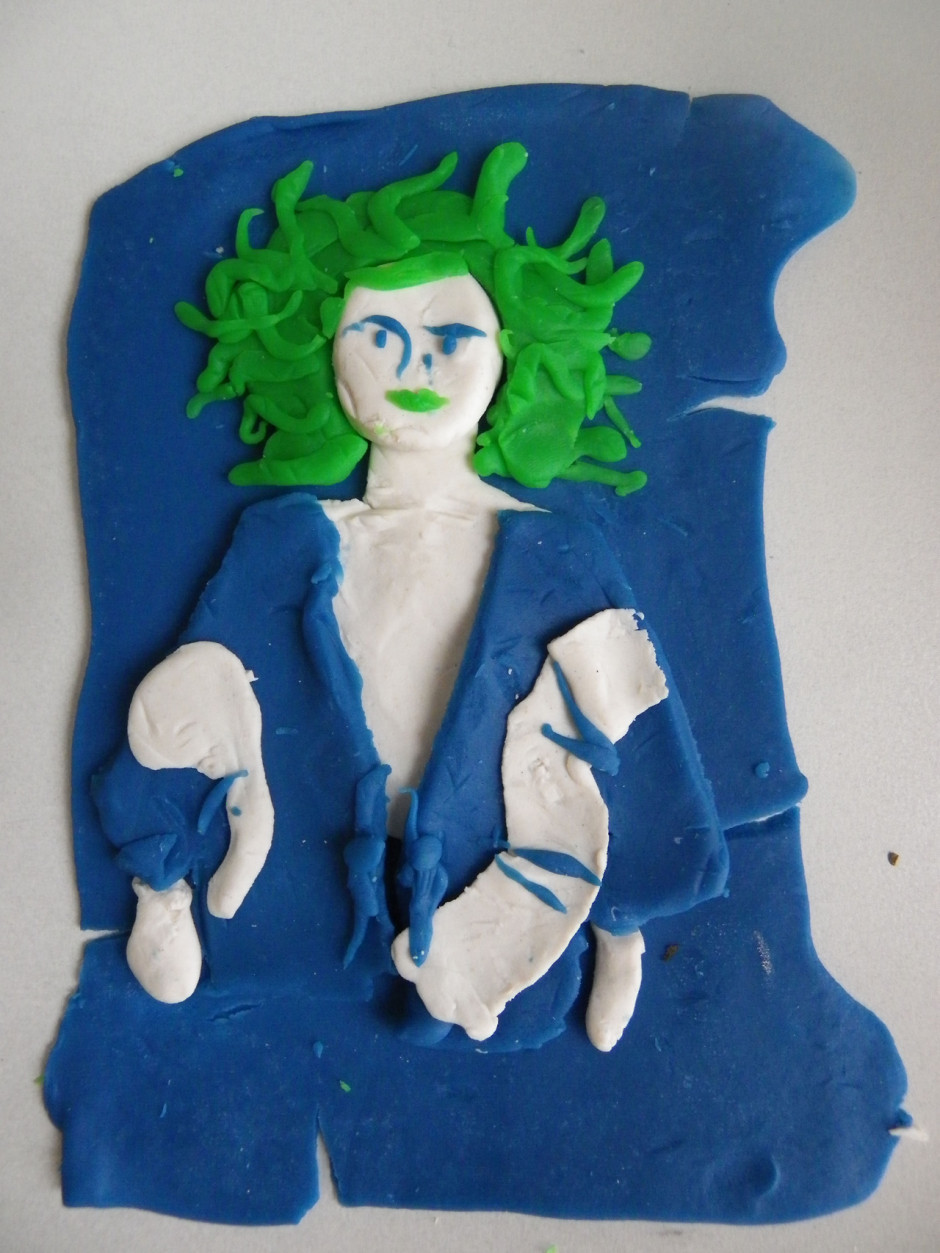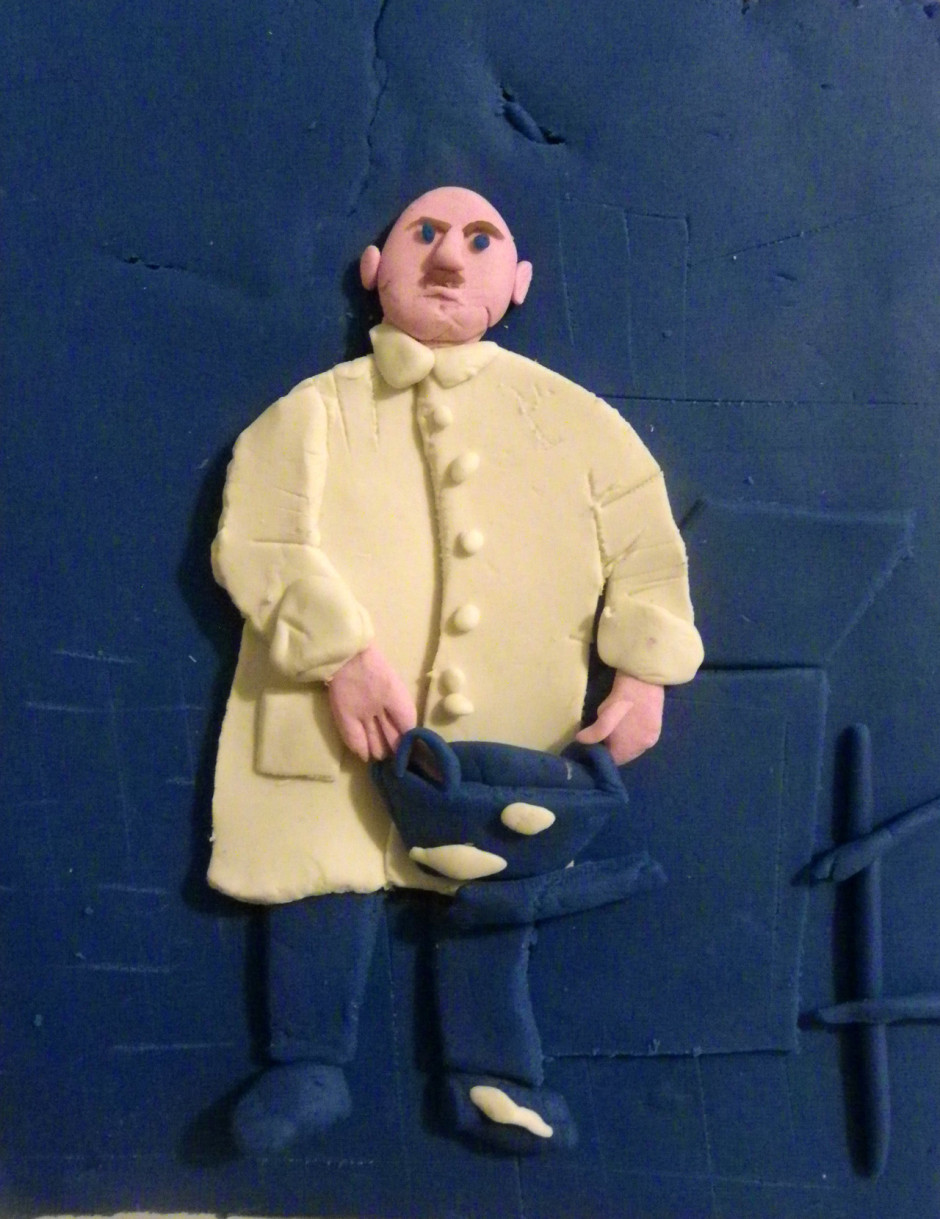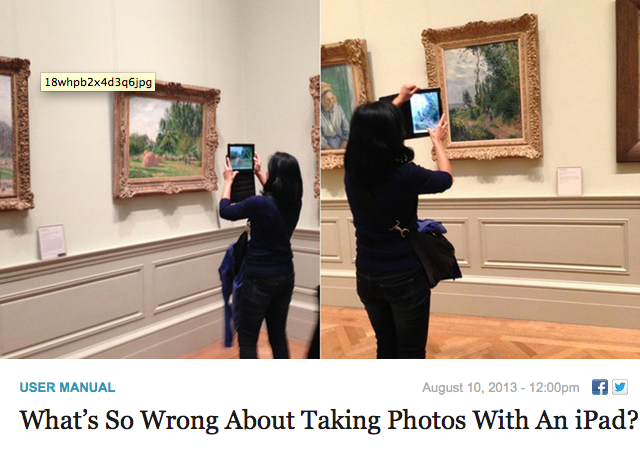When Instagram sent out paper invitations to its press event held in New York today, there was, naturally, speculation regarding what the square-picture-sharing-service might announce. Might it be print options? Or perhaps a messaging service? Now, everything has been revealed by Instagram's Kevin Systrom. It's called Instagram Direct: instant messaging via image, allowing you to share pictures and videos and communicate with just one or up to 15 of your Instagram contacts. If you'd like to send a direct message to someone you don't follow you can, but it will be held in their inbox as a 'pending' message and the recipient won't be able to see the image until they accept your request. Or they can ignore you.

When you send an image to a contact or group of contacts, you can see when they've opened it and you can communicate privately around it. It allows for real-time communication and the opportunity to share experiences with people whom you love or you think will be specifically interested in an image, rather than your entire feed. And seeing as Instagram has said that it doesn't proactively monitor these communications, someone would have to lodge a complaint if you sent a naughty photo. So perhaps boobies and bottoms between boyfriends and girlfriends might be permitted at last! But no, they're not venturing into Snapchat territory with Mission Impossible-style self-destructing images.
With images now being permitted in Twitter direct messages, this might be seen as direct competition. And of course there's lots of chatter about Snapchat. But I'm more intrigued to see the imapct that it'll have on messaging apps, like WhatsApp, Line, and Viber. Images, push notifications, read receipts, and group messaging is eating into these guys' territory. The message from Systrom today was very much about communication; not only is that bread-and-butter to WhatsApp and Viber, but it's an area where Facebook, and by extension Instagram is keen to capitalise. Let battle commence!
The update will be available today in the App Store and on Google Play.






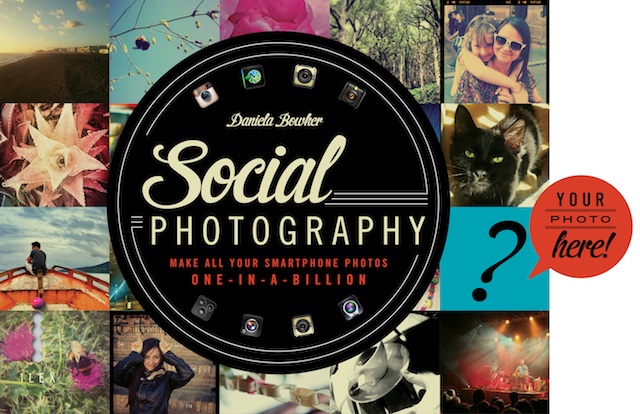 My newest book is due, many-things-but-mostly-the-weather-permitting*, to be published in April next year. Apart from me signing off on the final proofs, its publishers, the
My newest book is due, many-things-but-mostly-the-weather-permitting*, to be published in April next year. Apart from me signing off on the final proofs, its publishers, the 